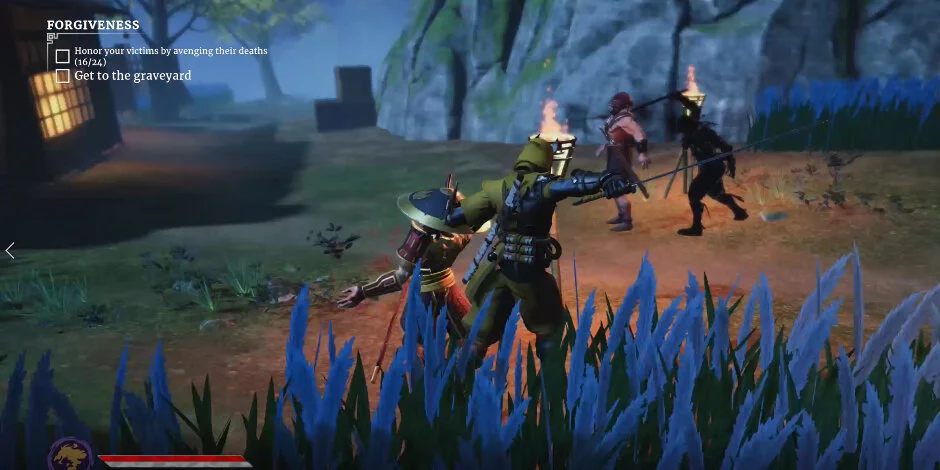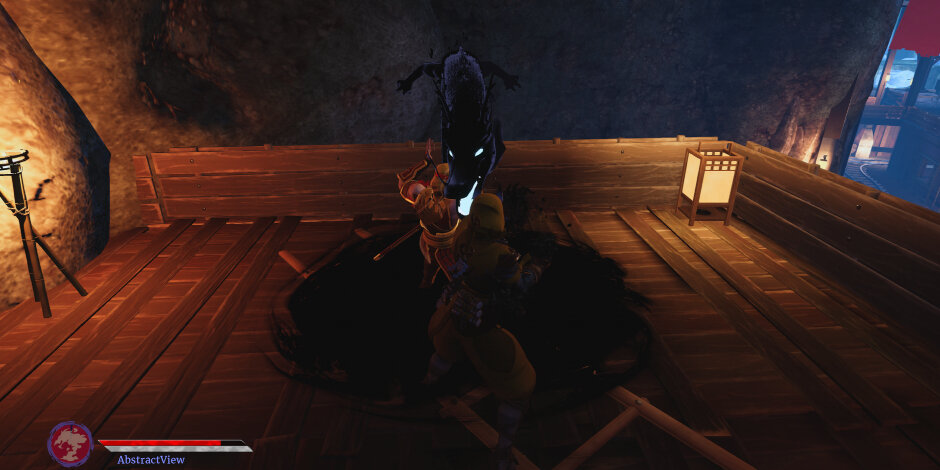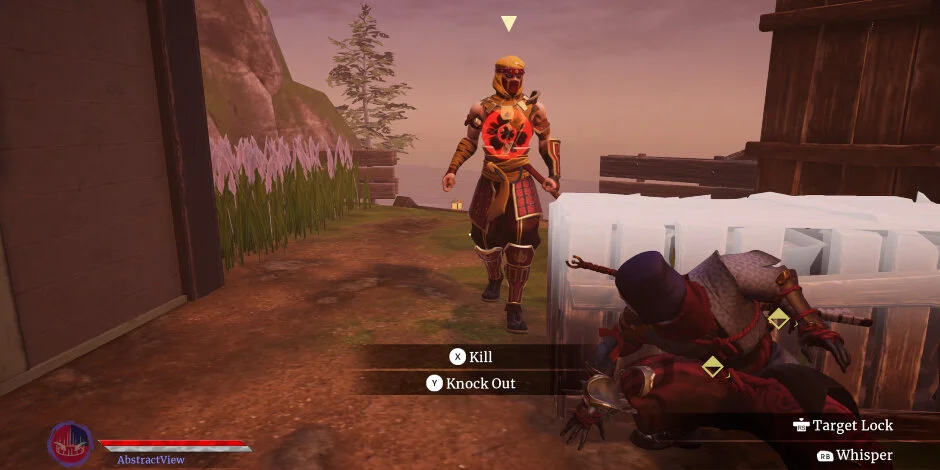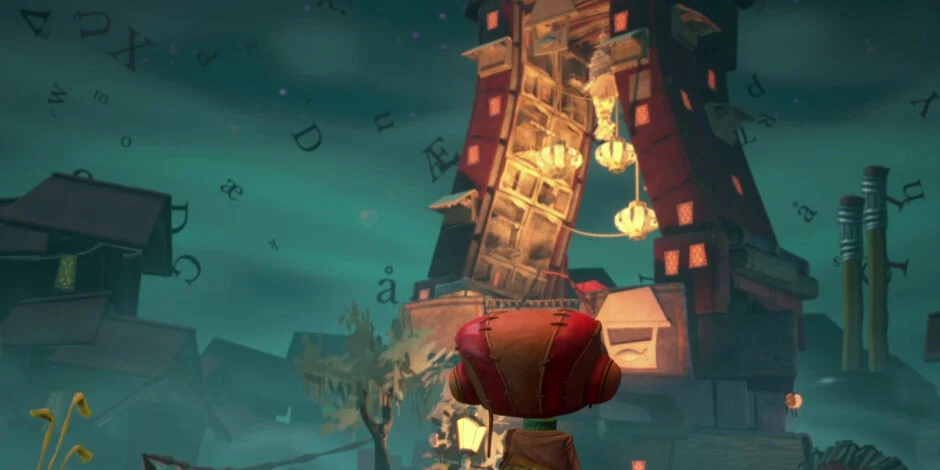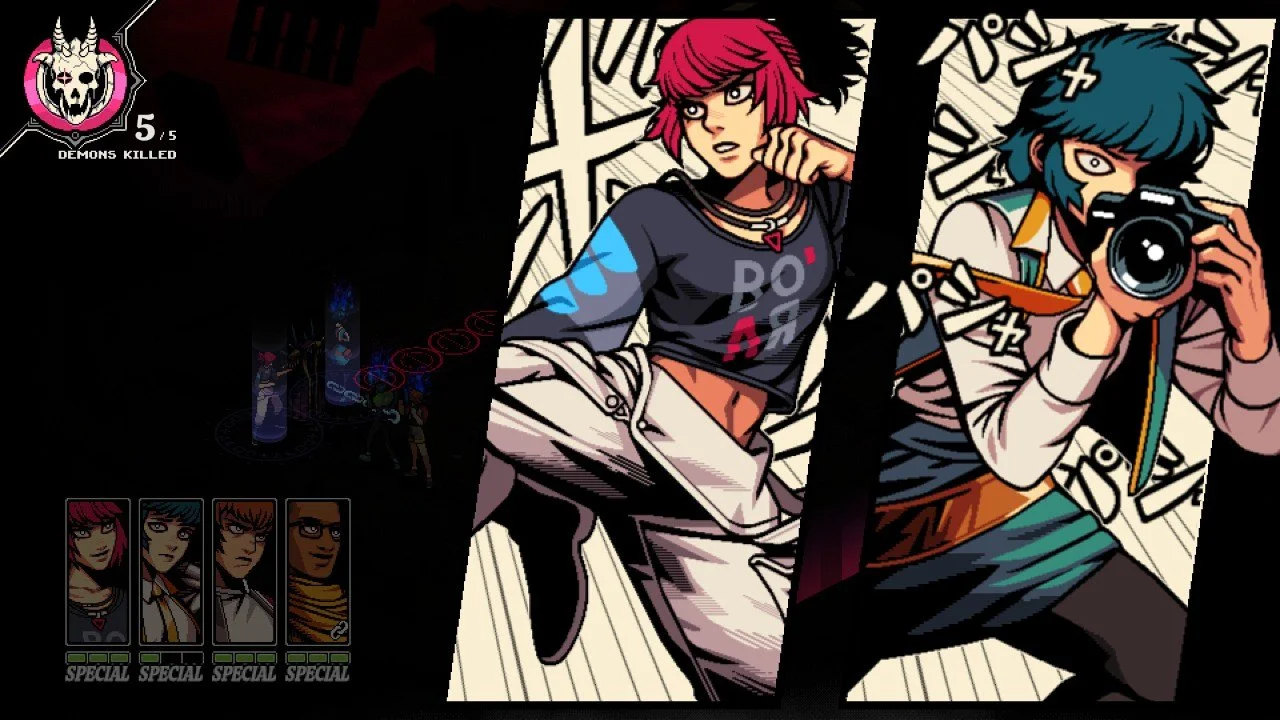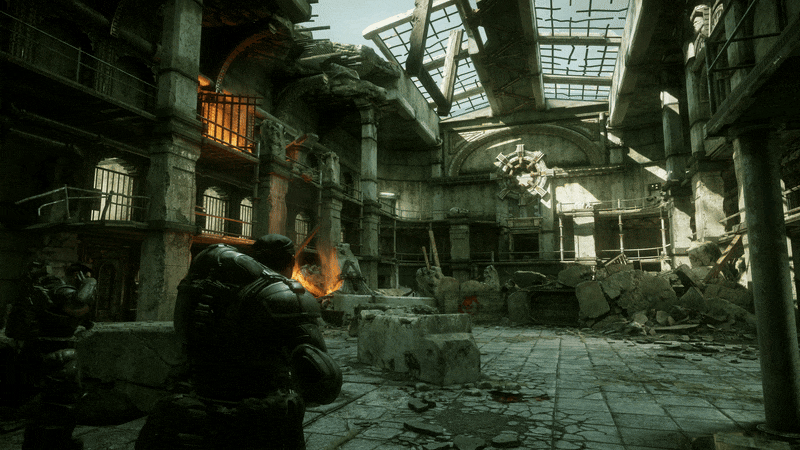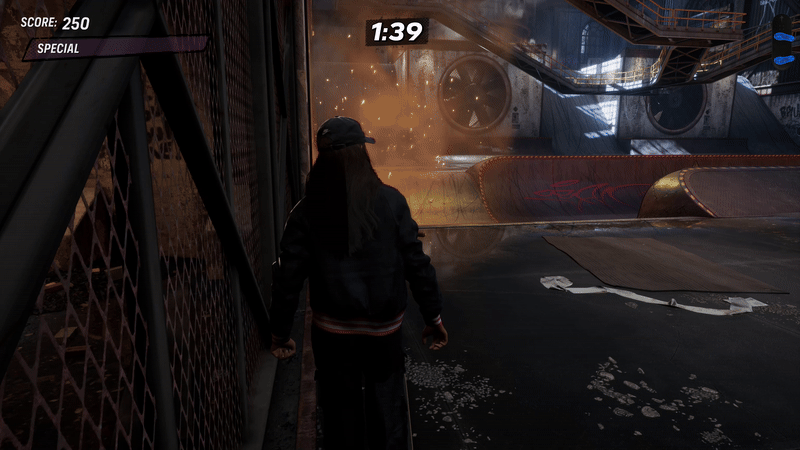Reviewed from Xbox Game Pass
Aragami 2 is the latest game from Spain-based developer and publisher, Lince Works. Aragami 2 is their attempt to harken back to an era when stealth-action games were the pinnacle of game development. Franchises like Prince of Persia and Assassins’ Creed were dominating headlines, and gamers couldn’t get enough of that sweet blend of action and narrative development.
And, to a certain degree, Lince Works has succeeded in its endeavor. What they’ve created in Aragami 2 feels like a spiritual successor to a bygone era of game development. Alas, where Aragami 2 falls short is not in its failure to live up to that erstwhile design formula; rather, the failing is in its stalwart devotion to that very formula.
Gameplay
Whether you want to soar through the air or creep along the ground, Aragami 2 has you covered. Lince Works has captured how it feels to be a shadow ninja of legend, and it goes without saying that that is a wonderful feeling. Movement is one of the true joys in this game, whether you’re quickly dashing along the ground or flitting from perch to perch like a blood-thirsty Batman.
As you level up the suite of available skills begins to open up, providing a shockingly robust array of powers to make navigation easier or increase your prowess at murdering enemy soldiers. One of my favorites is the Shadow Kill ability, which summons a shadow dragon to bite a target’s head and drag it off to God-knows-where. It looks so dang cool that I would frequently use it just for the visual effect.
Stealth is Aragami 2’s bread-and-butter; the sheer mobility of the player character allows for sick setups and easy getaways. Slipping away from a pursuer is as simple as aiming at the nearest rooftop and teleporting out of there, and the scope of available options while hidden far surpasses anything you can do in combat.
Aragami 2 boasts an entirely new combat system for the franchise, and it was a large part of the game’s marketing push. Unfortunately, the combat doesn’t do much to impress, proving a bit too uninspired to justify its existence. It doesn’t help that none of the game’s flashy Shadow Powers are in any way applicable to combat, making every encounter the same trite experience.
While the combat fails to impress, it’s easily avoided in favor of the more robust stealth system. Which is why it’s regrettable that the stealth gameplay never gets more interesting as the game progresses. New abilities unlock with higher levels, but by the time I got to any of them, I was so well-versed in the game’s mechanics that they just felt like added dressing.
Compounding this lack of challenge is the repetitive nature of the game’s missions. Over 20 missions I only visited eight maps, so they quickly got old after repeated retreads. There’s some variety to the enemy types, but their differences apply almost exclusively to combat. Since every enemy can be taken out with a single stealth blow, the game devolves early on into an endless game of “hide the body.”
It’s this stagnancy that drags Aragami 2 down, miring it in the trappings of the genre it attempts to honor. The more I encountered the same groups of enemies and the same mission structures the more apparent the flaws became. Something as simple as objective waypoints don’t appear until you’re nearly on top of them, often doubling my mission time as I scoured the map for my target.
Story
If Aragami 2 finds its greatest success in its gameplay, it stumbles hard against the story it’s trying to tell. The best thing I could say for the narrative is how sparse it is; the game doesn’t waste much time on the story before sending you out on your next mission. While this lets the best bits of the game shine, it does little to provide motivation for your exploits other than seeing your level go up.
The general idea is that an invading empire has stolen your homeland and enslaved your people to fuel their war machine. An army of Aragami would be a formidable force indeed, but as far as I’ve seen you never actually fight any other beings with a powerset like yours. High-profile duels, not unlike those in Ghost of Tsushima, would have been a neat addition to the game.
You work out of a hub town filled with cookie-cutter people who often just shout the same inspirational phrases when engaged in conversation. Some characters are given a bit more personality, with a standout being a flamboyant dye merchant named Danjuro. The fact that his name is the only one I could be bothered to remember says something about the rest of the game’s cast.
At times Aragami 2 flirts with more interesting storytelling techniques; sporadic cut scenes reach for something resembling a story one might find in a more high-profile title. Unfortunately, the voice acting and dated character models don’t hold up when the camera pulls in close.
What Could Be Better
Movement is such a joy in Aragami 2 that I would have loved to see more traversal options open up in later stages of the game. While new items and abilities unlock as you go they never add new systems to the game, resulting in an overwhelming sense of redundancy. Refreshed content across the board would have gone a long way toward improving the overall feel of the game.
New enemy varieties, encounters, and less of a reliance on the same group of maps could have pushed Aragami 2 to another level. And if Super Giant’s Hades has shown us anything this past year it’s that narrative delivery doesn’t have to be anything over-the-top. If the story is that important it’s worth telling well.
Verdict
Aragami 2 is a worthy attempt at a stealth-action game marred by consistent design faults. Though the game adequately captures the feeling of being a super-powered ninja, its repetitive gameplay and bare-bones story provide little incentive to stick around past the first couple of hours.
